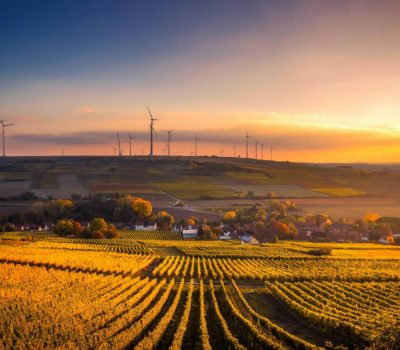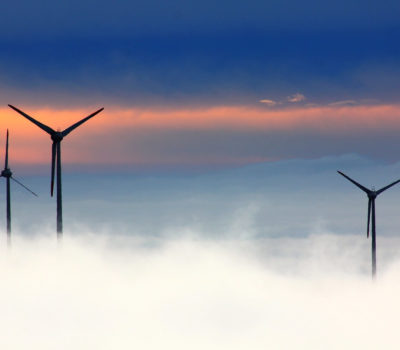The Rainbow of Hydrogen Colours
Despite it being a colourless, invisible gas, the myriad of hydrogen colours attributed to its different forms can be somewhat confusing.
Indeed, the Innovation Insights Briefing on hydrogen produced by the World Energy Council describes how confusion over hydrogen colours is stifling innovation and calls for further dialogue to look beyond colour and to instead explore carbon equivalence.
Even though there’s no visible difference between them, the colourful terms relate to the type of production method used and how clean it is.
Green
The only type of hydrogen produced in a climate-neutral fashion, green hydrogen is produced using clean electricity from surplus renewable sources, for example solar or wind power, to electrolyse water.
Since green hydrogen production is expensive, it makes up a fairly small percentage of overall hydrogen production. However, it is expected that it will reduce in price as it becomes more mainstream.
Blue
Produced primarily from natural gas, blue hydrogen is generated using a process known as steam reforming. The carbon created is trapped through carbon capture and storage (CCS).
Sometimes referred to as carbon neutral, this method means emissions are not dispersed into the atmosphere. However, as described by the World Economic Forum, it may be argued that low carbon would be more accurate. This is because 10-20% of the generated carbon cannot be captured.
Grey
The most common form of hydrogen, the grey variety, is also produced from natural gas through steam reforming. However, in this process, the excess carbon is not captured.
Black/Brown
The oldest method of producing hydrogen and unfortunately the most harmful to the environment. It is created by transforming coal into gas, without capturing the CO2 or the carbon monoxide emitted. This gasification is achieved at a very high temperature with a controlled amount of oxygen and/or steam. When bituminous coal is used it’s referred to as black hydrogen. If lignite coal is used it’s referred to as brown hydrogen.
Turquoise
This is a relatively new addition to the kaleidoscope of hydrogen colours. It uses a process called methane pyrolysis to generate hydrogen and solid carbon as a by-product from natural gas.
Turquoise hydrogen is categorised as low carbon depending on whether the thermal process is powered by renewable energy and whether the carbon is permanently stored or used.
Pink
Similar to green hydrogen in that it is obtained through the electrolysis of water. However, pink hydrogen is powered by nuclear energy rather than renewable sources.
Yellow
Again, created through the electrolysis of water but yellow hydrogen is produced using solar power.
You may also see yellow hydrogen referred to as hydrogen generated through electrolysis of water powered by a mix of energy sources, depending on availability.
White
A naturally occurring hydrogen found in underground deposits and released via fracking. Very rare in its pure form, it is not widely considered as a viable emission-free fuel source to be exploited at present.
The Future of Hydrogen Colours
The National Grid website explains how, although as time goes on the importance of each hydrogen colour will fluctuate, hydrogen overall will certainly play a significant role in our journey to net zero.
In a recent Visuna news article, we look ahead to what the future holds for jobs in the hydrogen sector.
At Visuna, we are dedicated to supporting organisations involved in the development of clean hydrogen production by connecting the best talent to the right opportunities.







